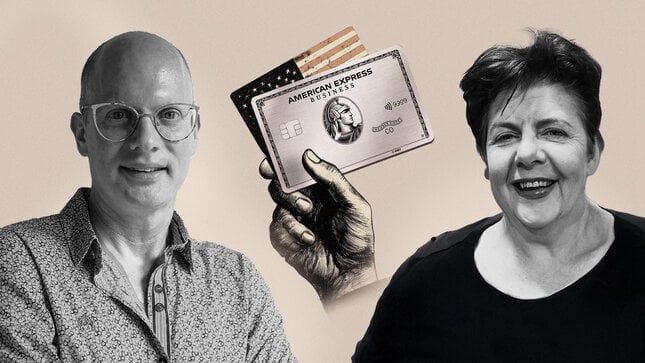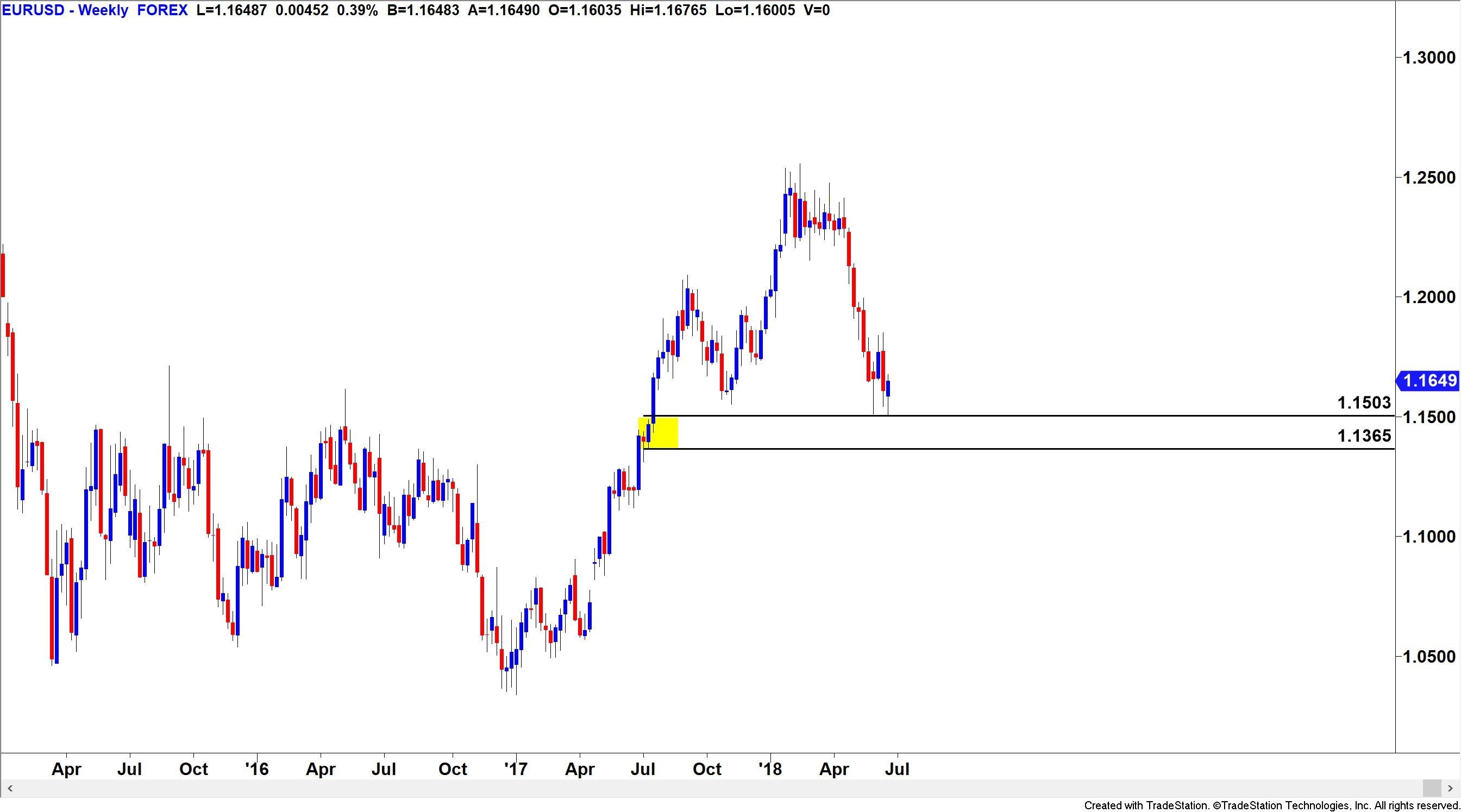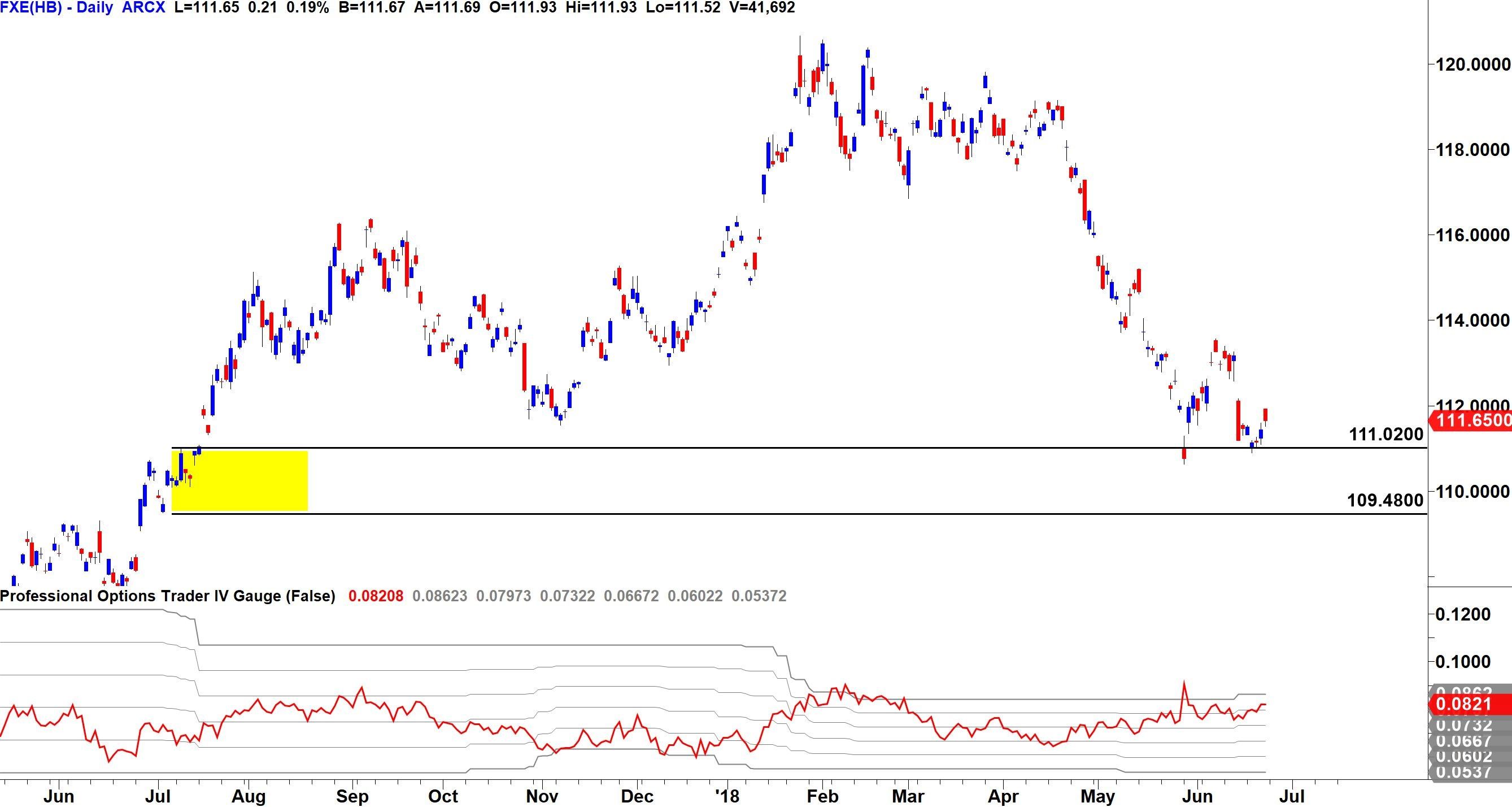The fact is, many people don’t realize that you can use options for trading Forex; so, last month my article gave us an introduction into the world of Options and how they can be applied to trading and investing in the global currency markets. For those of you who are still new to FX trading, please take these concepts as a guide for future possibilities. If you are a more experienced trader, then options may be the next addition to your portfolio in the financial markets. Either way, the idea is to show you what can be done with the right education. Please take the time to research and understand any trading strategy before using it on your own capital.
To recap what we covered last time, there are only two distinct types of Options contracts we can use:
The Call Option: Which gives the Buyer the right to buy an underlying asset at a pre-agreed price and the Seller the obligation to sell an underlying asset at a pre-agreed price, all within a limited period of time.
The Put Option: Which gives the Buyer the right to sell an underlying asset at a pre-agreed price and the Seller the obligation to buy an underlying asset at a pre-agreed price, all within a limited period of time.
Remember, an option contract is really nothing more than a form of insurance. People buy insurance when they are worried about something bad happening, like incurring a cost from damaging their car or losing their belongings. As we know, there is constant risk in market speculation, with prices falling and rising rapidly on a day to day basis, therefore, the smart investor or institution can use options to protect themselves against this. However, they can also take on the role of the insurer too, by actually selling options to others and receiving a premium for this, no different to what huge insurance companies do each and every day.
As buyers and sellers of options in the financial markets, including the FX market, our job is to develop a trade plan which tell us when to shift from buyer to seller and vice versa. This is determined by two factors:
-
Market Timing with Core Strategy – using Supply and Demand Zones
-
Assessing the Market Fear Factor – using Implied Volatility for strategy selection
Just remember this important fact: When you Buy an Option, the risk is limited to the premium you pay, allowing unlimited potential upside. Yet when you Sell an Option, your maximum profit is the premium you receive, with potential unlimited risk (assuming you don’t use a stop loss of some kind).
So why would someone take on a large risk for a smaller gain? Why not ask the multi-billion-dollar insurance companies who run their business models in this fashion? If they were honest they’d have to tell you that they have the odds stacked in their favor so that they will make money. We can do the same to a lesser degree by using options in the same manner.
Let’s revisit a weekly chart of the EURUSD which we looked at a few weeks ago:
Can you see how the EURUSD has been testing the major Demand level for almost a month now? If you were long on this currency pair you’d like to see it take off, but held steady instead. Now this move could take a little longer and that’s fine, but the question to ask is, how could we have allowed time to work in our favor while playing this pair to the upside? Using options is one way. As I explained last time, doing options on spot FX is not ideal due to the lack of centralized exchange, a better choice is using the ETFs available on FX, so let us check out the daily chart of FXE:
Notice, the price action for FXE is reflective of the EURUSD. This stock ETF is a derivative of the currency pair and we can play options on this market directly.
Core strategy is telling us this is a buy opportunity, yet the second factor, Implied Volatility (in the lower graph), is high. Think of IV as a speedometer or fear gauge on the market. The higher the fear, the greater the need for insurance. In this case the IV is high meaning premiums are also high and we can be paid these high premiums if we sell Put options to people who are worried that the Euro is going lower. Since we know the odds are in our favor that it will not go below the demand zone for a while, we can profit from this in the short term. Like all insurance, each option only lasts for a set amount of time, so if we sell say 1 month Put options, they will expire worthless if the market stays above the marked demand level in that period.
By collecting premium from selling options we can capitalize on not having to worry about how far the market moves, allowing time to do its thing. And we get to keep the premium if price remains above the option’s strike price we sold. The beauty is that we stack the odds using demand and supply zones as the timing tool to execute the options. Obviously, the risk is if prices move below the zone and then we are liable for the paying out on the option, which can be a hefty price. To cover ourselves we use a stop loss to buy the option back or maybe even buy an option for ourselves to re-insure the insurance we sold (which is a topic for another time). While there are many more moving parts to this technique, understanding the basic concepts is where it all begins and it’s always helpful to know what’s out there. I hope you found this helpful.
The information provided is for informational purposes only. It does not constitute any form of advice or recommendation to buy or sell any securities or adopt any investment strategy mentioned. It is intended only to provide observations and views of the author(s) or hosts at the time of writing or presenting, both of which are subject to change at any time without prior notice. The information provided does not have regard to specific investment objectives, financial situation, or specific needs of any specific person who may read it. Investors should determine for themselves whether a particular service or product is suitable for their investment needs or should seek such professional advice for their particular situation. Please see our website for more information: https://bustamanteco.com/privacy-policy/
Editors’ Picks

How will US Dollar react to February PCE inflation data – LIVE
February Personal Consumption Expenditures (PCE) Price Index, the Federal Reserve's preferred gauge of inflation, from the US will be watched closely by market participants. Investors will scrutinize the data to reaffirm whether the Fed's cautious stance to policy-easing is warranted.

Gold: Record-setting rally remains intact ahead of US PCE data
Gold price refreshes a fresh all-time peak, closing on the $3,100 mark. The global risk sentiment continues to be undermined by worries over Donald Trump's auto tariffs announced earlier in the week, with traders rushing for safety in Gold price. US PCE inflation data awaited.

EUR/USD trades with mild losses below 1.0800, awaits US PCE
EUR/USD is on the back foot below 1.0800 early Friday, struggling to capitalize on the previous day's goodish bounce. Trump's tariff jitters keep investors on the edge, leaving the pair gyrating in a range ahead of the key US PCE inflation data.

Donald Trump’s tariff policies set to increase market uncertainty and risk-off sentiment
US President Donald Trump’s tariff policies are expected to escalate market uncertainty and risk-off sentiment, with the Kobeissi Letter’s post on X this week cautioning that while markets may view the April 2 tariffs as the "end of uncertainty," it anticipates increased volatility.

US: Trump's 'Liberation day' – What to expect?
Trump has so far enacted tariff changes that have lifted the trade-weighted average tariff rate on all US imports by around 5.5-6.0%-points. While re-rerouting of trade will decrease the effectiveness of tariffs over time, the current level is already close to the highest since the second world war.
RECOMMENDED LESSONS
Making money in forex is easy if you know how the bankers trade!
Discover how to make money in forex is easy if you know how the bankers trade!
5 Forex News Events You Need To Know
In the fast moving world of currency markets, it is extremely important for new traders to know the list of important forex news...
Top 10 Chart Patterns Every Trader Should Know
Chart patterns are one of the most effective trading tools for a trader. They are pure price-action, and form on the basis of underlying buying and...
7 Ways to Avoid Forex Scams
The forex industry is recently seeing more and more scams. Here are 7 ways to avoid losing your money in such scams: Forex scams are becoming frequent. Michael Greenberg reports on luxurious expenses, including a submarine bought from the money taken from forex traders. Here’s another report of a forex fraud. So, how can we avoid falling in such forex scams?
What Are the 10 Fatal Mistakes Traders Make
Trading is exciting. Trading is hard. Trading is extremely hard. Some say that it takes more than 10,000 hours to master. Others believe that trading is the way to quick riches. They might be both wrong. What is important to know that no matter how experienced you are, mistakes will be part of the trading process.

The Best brokers to trade EUR/USD
SPONSORED Discover the top brokers for trading EUR/USD in 2025. Our list features brokers with competitive spreads, fast execution, and powerful platforms. Whether you're a beginner or an expert, find the right partner to navigate the dynamic Forex market.



